Imagine this: It’s independent reading time. Your students are quietly or silently reading. (All of them!) They’re engaged. And they’re even enjoying themselves.
That’s the dream, right?!
In order to become better readers, kids need to actually PRACTICE reading. Not for hours and hours on end. But for at least a short period of time each school day. (We can’t guarantee that practice happens at home.)
However, if we’re going to set aside time for independent reading, we want that time to be productive. And we want that time to be spent actually reading – not choosing books!
Giving students time to select books is important, but if we allow it to happen during independent reading, we’re disrupting the quiet, calm atmosphere we were trying to create.
Because if just one child gets up to choose a new book, suddenly everyone needs a new book! And you’re hearing…
- “I don’t like this book. Can I trade it?”
- “I’m done. Can I get a new book?”
- “This book is boring. Can I trade it?”
- “This book is too hard. Can I find something else?”
This is exactly why I don’t allow students to choose new books during independent reading time! Instead, I give my students book boxes or book bags so that everyone can sit down and read (with fewer interruptions)!
In this blog post, I’ll share how I organize my book boxes or book bags in Kindergarten, first grade, or second grade.
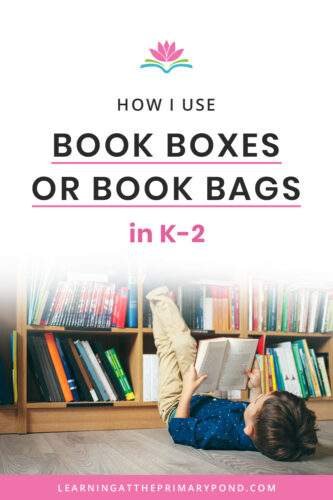
Book Boxes or Book Bags
Each student in my class gets a book box or book bag. This is where they keep the materials they’ve selected for independent reading. A book box or book bag serves as a personal “to-go” library!
You can purchase book boxes at teacher stores, or you can use simple baskets from a store like Target.
Personally, I love using canvas / re-useable grocery bags! You can ask local stores or organizations to donate them (or perhaps you can purchase them for a small fee).
You can also purchase them online – click on the image below for an Amazon affiliate link.
Book Check-Out Routine
When it comes to checking out books, I use a schedule based on my existing guided reading / small groups (one less thing to organize!). On Mondays, the blue group comes to school, hangs up their backpack, and grabs their book bag. They take their bag to the classroom library and swap their books first thing every Monday. On Tuesday, the green group follows the same process and so on for the rest of the week.

If you find that students need to get new books more than once per week, simply “double up” – have two groups check out books each day.
You can also remind students about their book checkout day by using a bookmark or a posted schedule. Get this bookmark for FREE to use in your classroom.
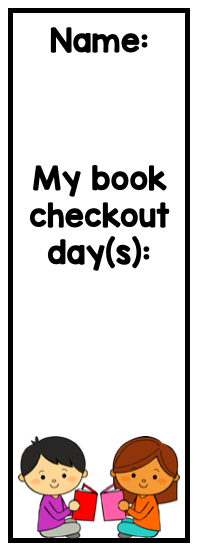
What Goes In The Book Box or Book Bag?
Books, of course! ? Here’s what works well for me as far as how many books students keep in their bags:
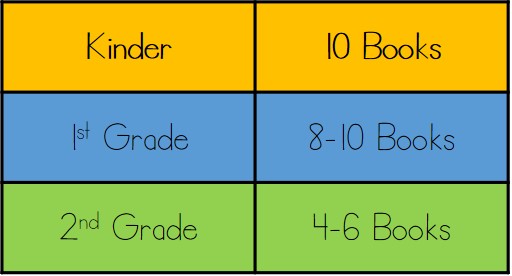
In 1st grade, students start with 10 books, but most will only need 8 as they start into beginning chapter books. In 2nd grade, the students start with 6 books, but towards the end of the year, they might only have 4 books in their bags depending on the book-length and difficulty.
Also, students will vary as far as how quickly they finish their books. You can make adjustments to your routines based upon student need. In Kinder and 1st grade, I encourage students to reread books often – this is so good for fluency!
Student Choice
Choice is a powerful motivator! When our kids can make choices, they’re more engaged and likely to stay on task.
At the same time…sometimes we want to or need to provide a little guidance in students’ reading materials. We don’t want students “pretend reading” because they consistently choose books that are way too challenging for them.
Here’s how I provide guidance yet still allow students choice:
- Students may choose half of their books from anywhere in the classroom library
- Students must choose the other half of their books from a guided choice bin
Each one of my reading small groups has a color-coordinated bin where I place books that I know they can read. They might be new books consistent with their independent reading level or phonics knowledge. Or they might be books that students already read during guided reading or phonics (texts I know they will be successful reading again on their own).
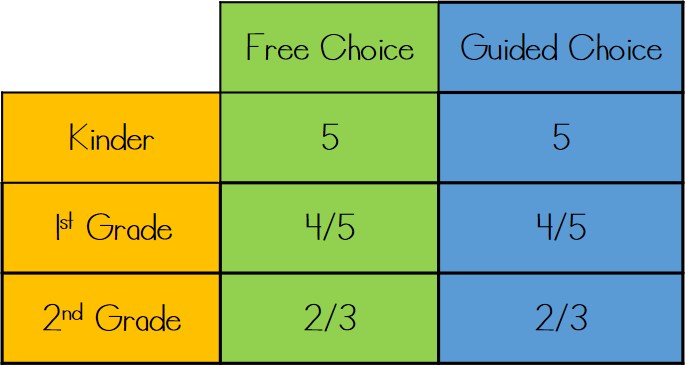
Conclusion
Productive independent reading time is not an unrealistic dream. You can make it happen!
We just need to set our students up for success by teaching expectations – and book boxes or book bags are an important part of those expectations.
If you could use some more ideas for teaching students to read independently, check out this blog post: “Do’s and Don’ts” for Teaching Independent Reading Expectations in K-2.
Unit 1 of my shared reading units also walk you, step by step, through setting up independent reading at the beginning of the school year:
Happy reading!
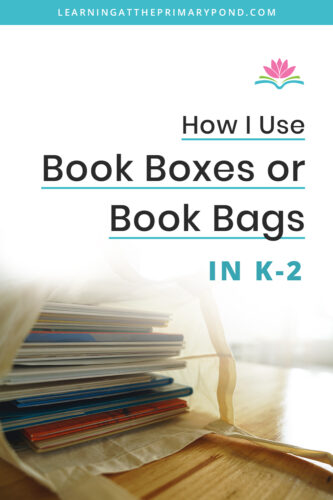

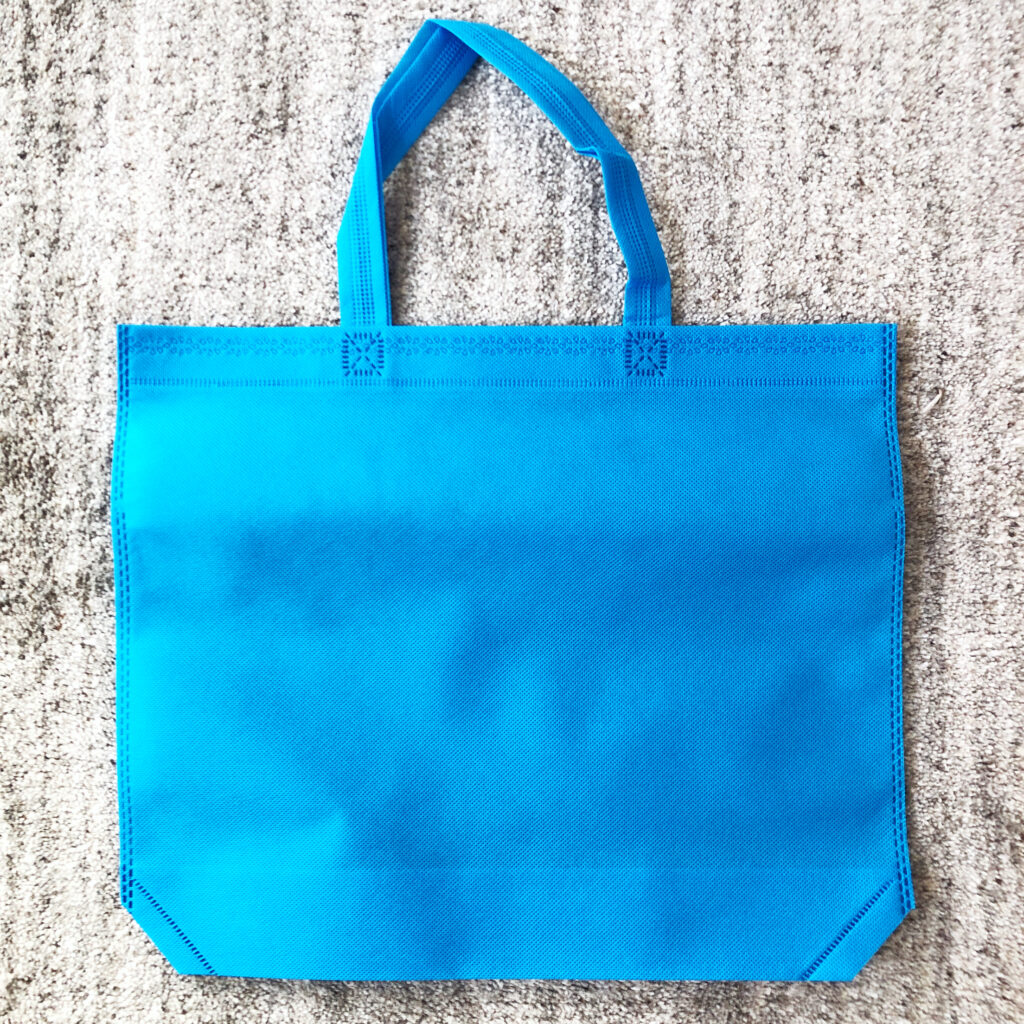
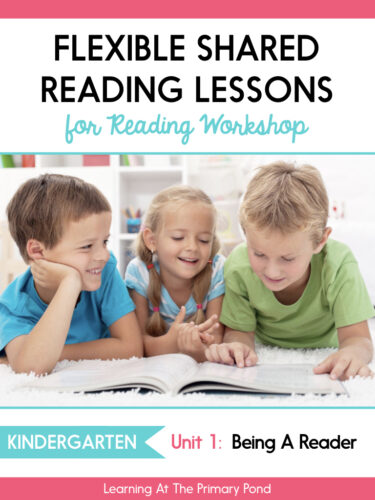
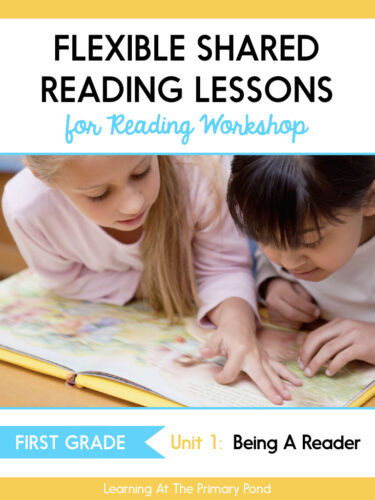
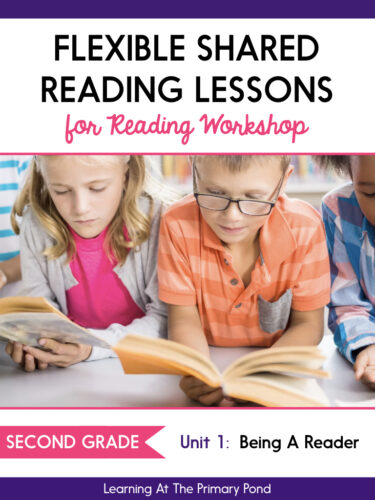
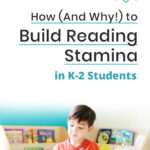
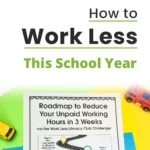
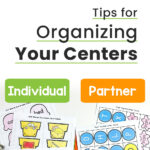
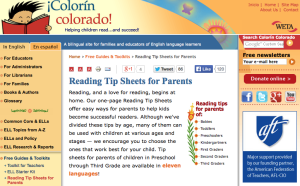
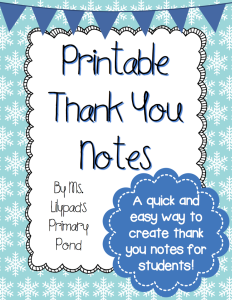
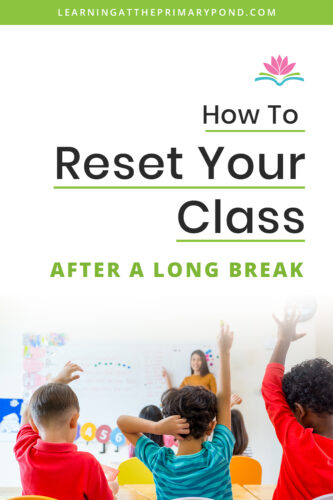






I love book boxes and book bags! In my room, students are able to choose what books and Scholastic Magazines go into their book boxes. (We switch them out weekly, very similar to Alison’s suggestion). Inside their book boxes are gallon-sized ziploc bags. Throughout the beginning of the year, we put our shared reading- paper books- in there and then when they are ready for reading leveled books, they get to choose books at their level for their kindergarten bag. Students know the routine of reading at least one kindergarten book at private reading time before moving to the other… Read more »
Stacie, sounds as if you have great routines for this!!